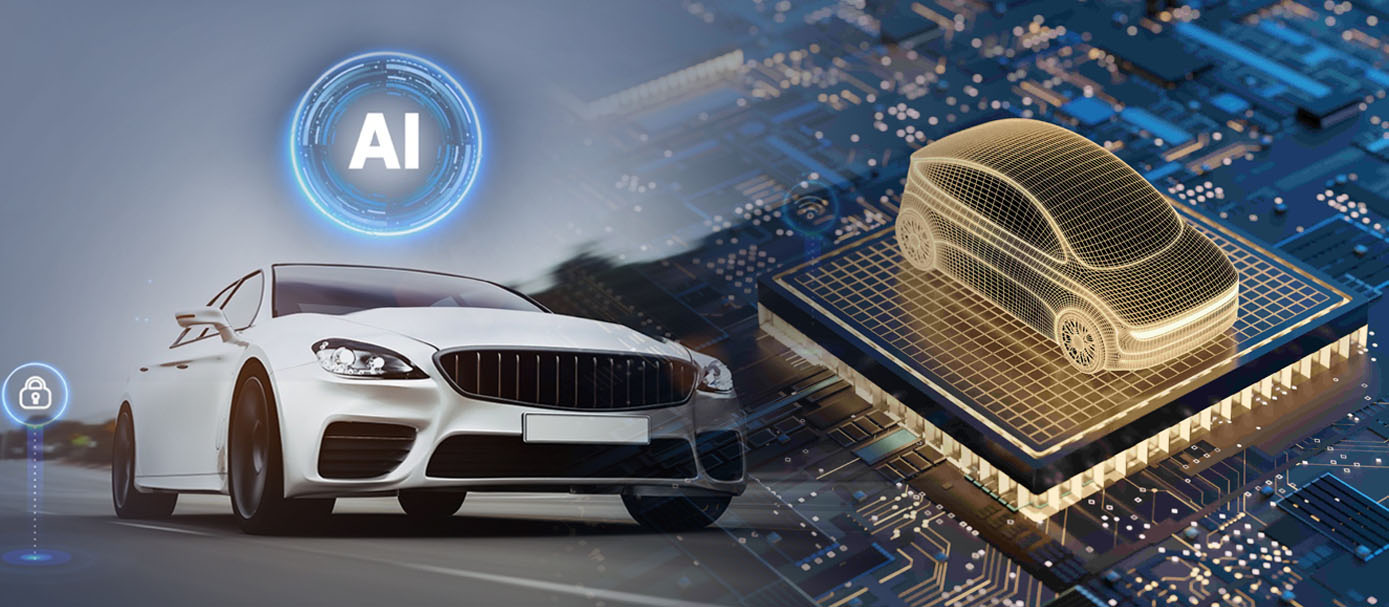Build a Django Discussion Forum: Step-by-Step Tutorial
Learn how to build a complete Django discussion forum with anonymous posting, user interactions, and...
Get instant access to the latest tech news, reviews, and programming tutorials on your device!
🔍 Search Latest International Tech News, Reviews & Programming Tutorials
Learn how to build a complete Django discussion forum with anonymous posting, user interactions, and...
These AI tools offer a range of functionalities to enhance the creative process for vloggers....
NASA astronaut Sunita Williams is returning to Earth with SpaceX’s Crew Dragon, utilizing advanced splashdown...

Discover how software-defined vehicles, AI integration, and Level 4 autonomous driving are revolutionizing the automotive industry in 2025. Learn about the latest trends shaping smart mobility.
The automotive industry is experiencing its most transformative period since Henry Ford's assembly line revolution, with software-defined vehicles (SDVs) leading the charge in 2025. As traditional automakers pivot from hardware-focused manufacturing to software-centric innovation, the industry is redefining what it means to own and operate a vehicle.
Software-defined vehicles are those that use software to conduct all operations (braking, driving, steering, providing infotainment, etc.) This revolutionary approach means vehicles can receive regular over-the-air updates, continuously improving performance, safety features, and user experience long after purchase.
Honda's strategic partnership with Amazon Web Services exemplifies this shift, focusing on improved data collection and software updates to accelerate the transition to SDVs. The collaboration aims to streamline the development process and enhance real-time vehicle performance optimization.
artificial intelligence has moved from experimental to essential in 2025's automotive landscape. Mercedes-Benz has already begun using AI in their design process, while advanced driver assistance systems are becoming more sophisticated and reliable.
The integration extends beyond individual vehicles to entire ecosystems:
The updated application process allows manufacturers to build up to 2,500 vehicles a year without steering wheels, pedals or mirrors This regulatory advancement signals growing confidence in Level 4 autonomous technology.
Lucid Group's luxury electric SUVs are being equipped with Level 4 autonomous driving technology developed by California-based Nuro, representing a significant step toward fully autonomous consumer vehicles. Meanwhile, Rivian is "hyper-focused" on self-driving technology, with hands-free assist systems launching in 2025 and eyes-off capabilities expected in 2026.
Despite market slowdowns, EV technology continues advancing with breakthrough innovations:
Solid-State Battery Revolution: Mercedes is developing solid-state batteries with the aim of having the technology ready by the end of the decade These batteries promise higher energy density, improved safety, and reduced costs.
Advanced Charging Infrastructure: The integration of vehicle-to-grid (V2G) technology is gaining momentum, allowing EVs to feed energy back into the power grid during peak demand periods.
Industry experts suggest as vehicle technology increases in complexity, faster and more secure data management will be needed This requirement is driving innovations in:
The shift toward software-defined vehicles represents more than technological advancement—it's reshaping the automotive business model. Consumers can expect:
As we progress through 2025, the automotive industry's transformation accelerates. The convergence of AI, autonomous driving, electrification, and software integration is creating unprecedented opportunities for innovation. Companies embracing these technologies while prioritizing user experience and safety will define the industry's future.
The question isn't whether vehicles will become fully software-defined—it's how quickly the industry can adapt to meet evolving consumer expectations while maintaining the reliability and safety standards that define automotive excellence.
Comments & Discussion